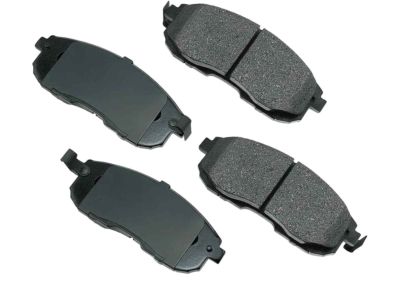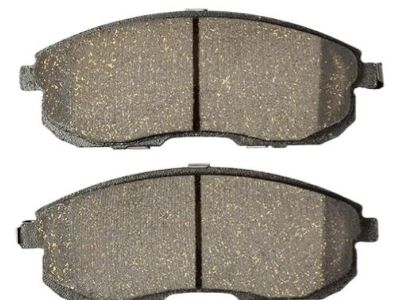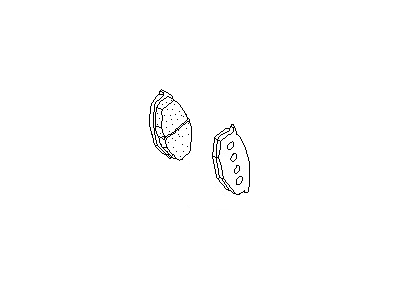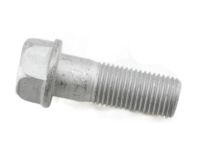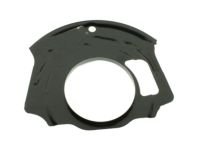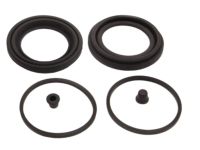Remove the cap from the brake fluid reservoir and extract about two-thirds of the fluid. Loosen the lug nuts on the front or rear wheels, raise the vehicle securely on jackstands, and block the wheels at the opposite end. Remove the wheels and work on one brake assembly at a time, using the assembled brake for reference if needed. Inspect the brake disc carefully; if machining is necessary, remove the disc to also take out the pads. For replacing front brake pads, wash the brake with cleaner and let it dry, positioning a drain pan underneath to catch residue, avoiding the use of compressed air. Use a C-clamp to depress the piston into the caliper before removing the caliper and pads. Remove the lower caliper mounting bolt, leaving the upper bolt unless complete removal is required. Pivot the caliper up for access to the brake pads, and on 1995 and later models, remove the anti-rattle springs. Remove the inner and outer brake pads, along with the upper and lower pad retainers and shims. Clean and inspect the caliper pin, lubricate it with high-temperature grease, and reinstall it. Install the shims on the pads, apply anti-squeal compound to the back of both pads, and let it set before installing. Install the upper and lower pad retainers, the inner brake pad (with the wear indicator), the outer brake pad, and the anti-rattle springs for later models. Swing the caliper down over the pads and install the lower mounting bolt, tightening it to the specified torque. For rear brake pads, clean the assembly, remove the parking brake cable clip, and unhook the cable. Unscrew the upper caliper bolt, pivot the caliper out, and remove the inner and outer pads along with the pad retainers and anti-rattle spring, inspecting for damage. Lubricate the caliper pin and reinstall it, then install the shims and apply anti-squeal compound to the pads. Install the outer and inner pads, ensuring the piston is retracted properly. Swing the caliper back into position and tighten the mounting bolt to the specified torque. After completing the job, firmly depress the brake pedal several times to bring the pads into contact with the disc, check the brake fluid level, and add if necessary, ensuring the brakes operate correctly before returning the vehicle to normal service.
Posted by NissanPartsDeal Specialist 
